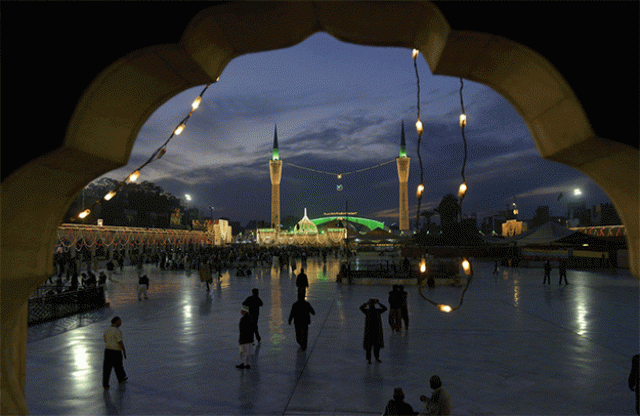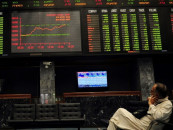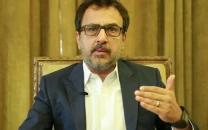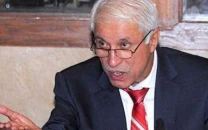Promoting religious tourism: An untapped market
Revamping religious sites would contribute to national economy

PHOTO: AFP
In fact, the largest Islamic bank in the world Al Rajhi Bank has its origins in currency trading services for the pilgrims travelling to Saudi Arabia from around the world.
Also, a number of Malaysian banks have introduced debit cards that allow convenient transactions to pilgrims from Malaysia without incurring significant charges. Hajj packages are also continuously being introduced by mobile companies to offer affordable roaming services to the Malaysian pilgrims.
Makkah and Medina remained neglected until very recently when the Saudi decided to use Awqaf land around the two mosques in an innovative way to develop these into state of the art hotels, shopping malls and other facilities.
The tall buildings outside the King Abdulaziz Gate of the Holy Mosque in Makkah were built on the land owned by Waqf King Abdulaziz as part of a massive inner city regeneration project.
In Pakistan, there are numerous shrines of Sufi saints located all over the country. Most notable of these are shrines of Data Ganj Bakhsh in Lahore, Bahauddin Zakriya in Multan, Abdullah Shah Ghazi in Karachi, Sultan Bahoo in Pakpattan, Imam Bari in Islamabad.
Most of these shrines fall under the Ministry of Religious Affairs and Interfaith Harmony, which is responsible for their maintenance and organisation of the annual pilgrimages (urs) and similar visits by the followers of these saints.
Data Ganj Bakhsh is by far the most popular Sufi saint of Pakistan, attracting thousands of pilgrims annually.
If St Paul is the saint of London and St Peter is the saint of Vatican (or Rome), Hazrat Ali Hajveri, popularly known as Data Ganj Bakhsh, is the Sufi saint of Lahore.
There is a thriving business district around his shrine just outside the Bhati Gate, one of the six surviving entry gates to the old city of Lahore.
Data sahib has stood as a symbol of Islamic liberalism for centuries, welcoming people from all walks of life.
The annual footfall at the shrine is estimated to be no less than one million, constituting 500 pilgrims on a daily basis (129,000 annually), 1,000 on two days each over weekends (104,000 annually), and the remaining visiting the shrine during the annual ‘urs.
The annual collection of charity and other contributions runs into big numbers but is highly mismanaged and is indeed subject to corruption and financial manoeuvring. As collection is by and large in cash, maintenance of proper accounts is not preferred, for obvious reasons, by the government officers and the custodian family of the shrine.
If the financial affairs of the shrine of Data Ganj Bakhsh are streamlined and freed of corruption, there is no doubt that even this one shrine can be used to develop a model of urban regeneration in the old city of Lahore.
A Darbar district around the shrine should be developed as a hub of new learning, something similar to what a philanthropist Khalid Sehgal is developing on a small scale in Kahna (on the opposite side of Lahore).
Furthermore, the businesses around the shrine should be better organised. There is a definite need for a variety of hotels; from small scale to five-starrers.
The government should study the model of bazaar regeneration as adopted by the Qatar government in Doha.
Souq Waqif in the down town Doha is an excellent example of urban regeneration, with small retailers, restaurants and café and modern boutique hotels. A similar model may be adopted to develop the shopping alleys around the shrine into a thriving trading hub for tourists.
Similarly, the shrine of Bahauddian Zakaria can be used as a focal point for urban regeneration in Multan. Other shrines in the far-off cities may also be developed as part of a social regeneration programme, which must follow the success of the urban regeneration projects in Lahore and Multan.
The writer is an economist and a Phd from Cambridge University
Published in The Express Tribune, May 25th, 2015.
Like Business on Facebook, follow @TribuneBiz on Twitter to stay informed and join in the conversation.a


















COMMENTS
Comments are moderated and generally will be posted if they are on-topic and not abusive.
For more information, please see our Comments FAQ